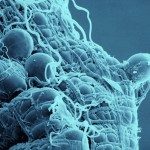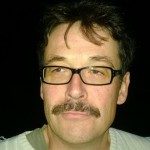Lien vers Pubmed [PMID] – 17040751
Parasitol. Today (Regul. Ed.) 1998 May;14(5):197-202
Recent empirical data have enabled a more informed debate over the extent of clonality in Plasmodium falciparum populations. Oocyst heterozygosity data reveal that the mating structure of malaria populations varies according to the transmission intensity. This finding provides a more detailed picture of the malaria mating structure than previous conclusions, which were based on indirect measures of population mating structure, ie. linkage disequilibrium analyses. In this article, Ric Paul and Karen Day discuss aspects of the genetic structure of malaria populations as evidenced by oocyst heterozygosity and linkage disequilibrium data. They address the difficulties of performing genetic analyses of malaria parasite population structure inherent in parasite sampling, why two identical parasites are rarely observed in the field and how features of the epidemiology determine parasite population structure.

